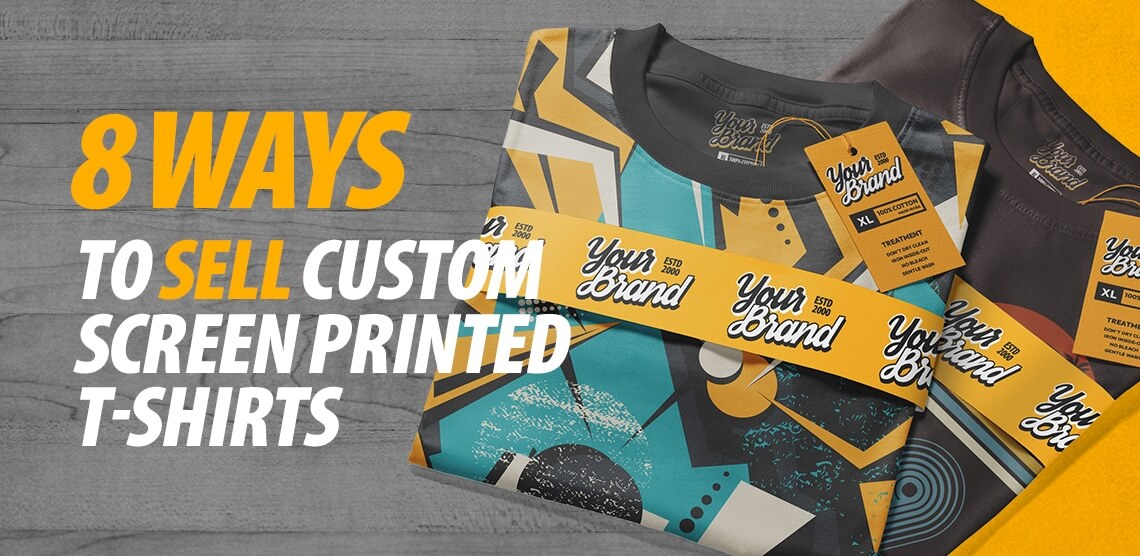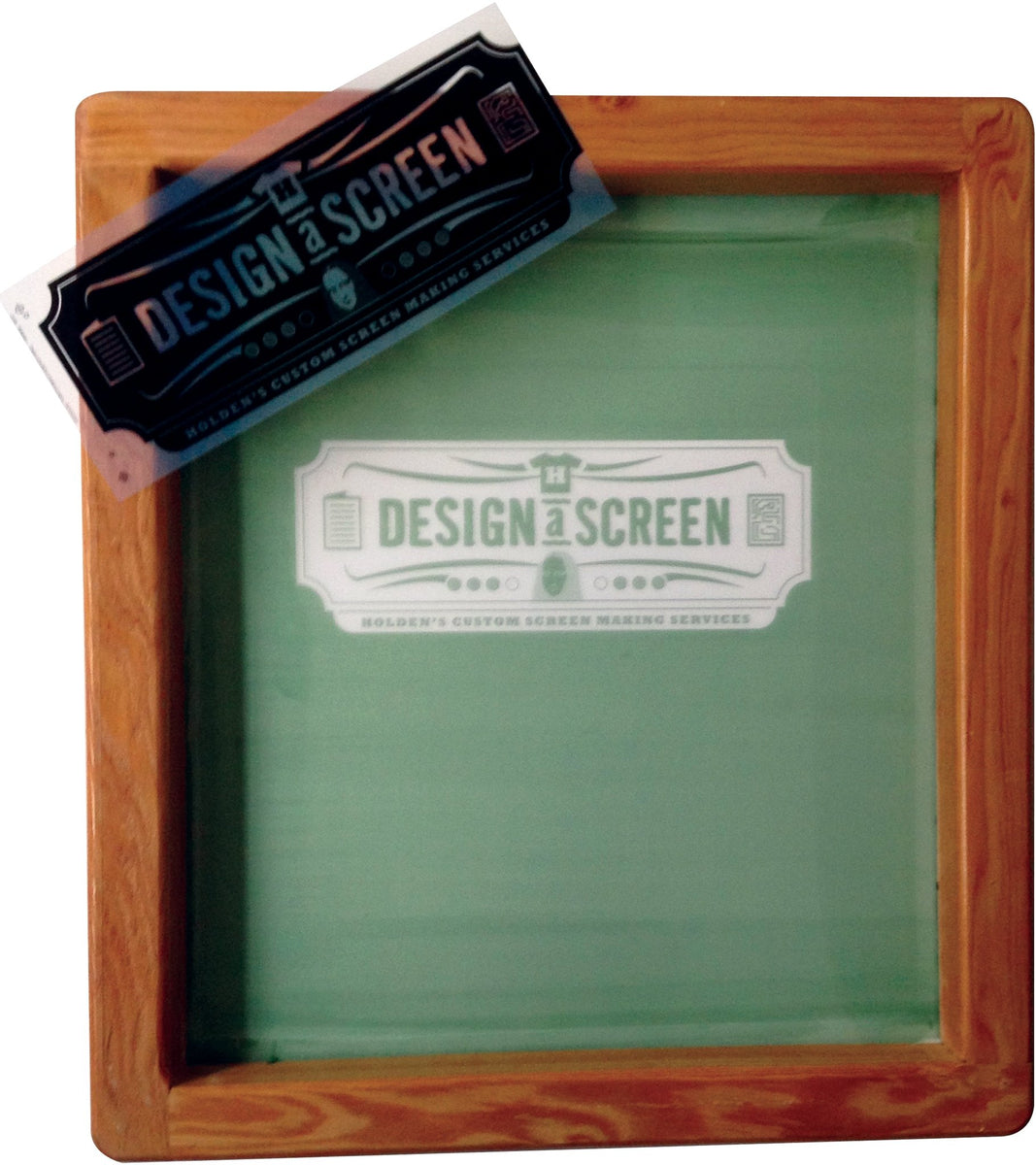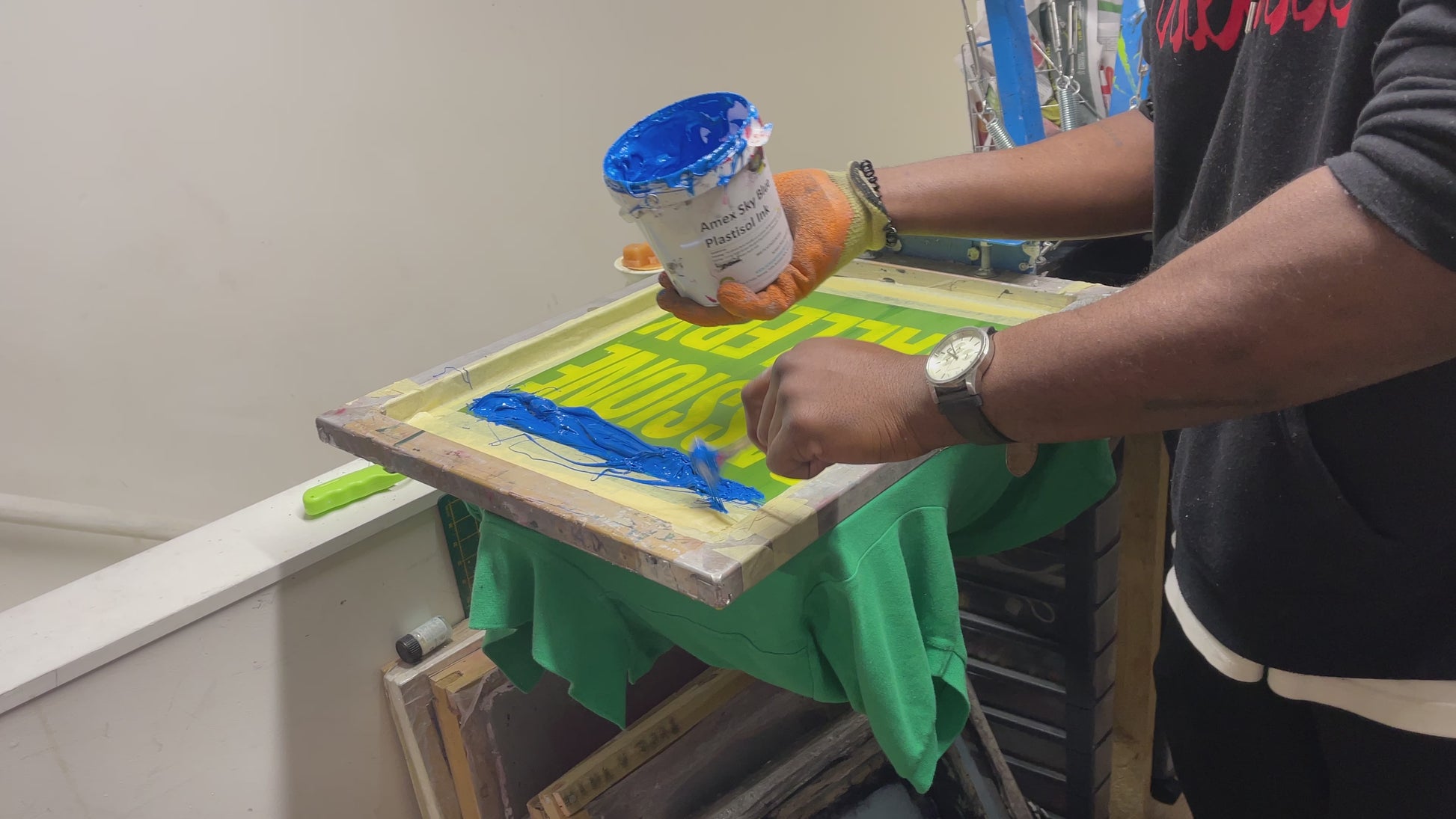High-End Silk Screen Printing for Premium Garments
High-End Silk Screen Printing for Premium Garments
Blog Article
Screen Printing Uncovered: Whatever You Need to Know Concerning T-Shirt and Garment Printing Methods
Display printing is a remarkable approach that incorporates art with method, using endless opportunities for imagination. Ready to explore the necessary aspects that make screen publishing an art form?
The Essentials of Display Printing: How It Works
When you plunge into screen printing, you'll uncover it's both a science and an art. At its core, screen printing entails producing a stencil, or screen, that allows ink to travel through just in certain locations (screen printing kit). You begin by picking your layout and preparing your screen with a light-sensitive emulsion. When you subject this emulsion to light, it hardens, leaving your style as an unfavorable space.
Following, you'll mix your inks and prepare your printing surface area. Placement the display over the fabric, after that use a squeegee to press ink through the display onto the garment. This process requires precision, as you want clear, vivid prints. After printing, you'll cure the ink with warmth, ensuring it follows the fabric and lasts via cleans. Each action is crucial, and grasping them will certainly boost your display printing skills, transforming straightforward garments into distinct, meaningful pieces.
Types of Display Printing Strategies
When you grasp the basics of screen printing, it's time to discover the various strategies that can elevate your designs. One popular approach is standard display printing, where ink is pushed through a stenciled display.
If you're going for fine details, take into consideration discharge printing. This method removes dye from the textile, leaving a soft, vintage look. One more option is plastisol printing, known for its longevity and dazzling shades, making it a favorite for numerous brand names. Ultimately, try out halftone printing to develop slope impacts and detailed styles. Each method has its special beauty, so do not hesitate to try them out to discover what fits your style best!
Vital Devices for Display Printing
To accomplish spectacular results in screen printing, having the appropriate tools is basic. You'll require a strong display printing structure, which holds the mesh that moves your design onto the garment. Next off, invest in premium squeegees; these are vital for applying ink evenly throughout the display.
Selecting the Right Inks and Products
When choosing inks and materials for screen printing, you require to take into account the sort of ink that functions ideal for your task. Consider fabric compatibility to ensure your styles look great and last lengthy. Additionally, discover eco-friendly ink choices to make your printing procedure more sustainable.
Kinds of Screen Inks
Selecting the right screen ink is necessary for accomplishing vivid, durable prints that fulfill your job's needs. There are a number of types of screen inks to check out. Plastisol ink is preferred for its convenience and simplicity of use, offering exceptional shade opacity on dark fabrics. Water-based ink, on the various other hand, uses a softer feeling and is green, making it excellent for those wanting to minimize their ecological influence. Discharge inks get rid of dye from the textile, causing a soft, classic appearance however call for particular handling. Lastly, specialty inks, such as glow-in-the-dark or metal, can add special results to your styles. Review your job demands and choose the ink that straightens finest with your preferred end result.

Material Compatibility Considerations
Comprehending fabric compatibility is crucial for attaining premium screen prints, specifically considering that different materials respond uniquely to numerous inks. When picking inks, think about the material type-- cotton, polyester, or blends. For cotton, water-based inks function well, supplying softness and breathability. Polyester, on the other hand, often needs plastisol inks for better attachment and dynamic shades. You may require to make use of a combination of both kinds if you're printing on blends. Constantly test your inks on example fabric to assure they stick appropriately and maintain color honesty. Furthermore, remember that fabric weight and texture can influence the final outcome, so choosing the right ink and product combo is important for your task's success.
Eco-Friendly Ink Options
Green inks are coming to be a prominent option for screen printers who desire to lessen their environmental impact while preserving top quality. When picking inks, consider water-based inks, which are much less damaging and easier to cleanse up contrasted to typical solvents.
Furthermore, seek inks made from renewable energies, such as soy or vegetable-based alternatives. By choosing the appropriate inks and products, you'll not only develop stunning styles but additionally contribute to a more sustainable printing procedure. Make the button, and your prints will mirror your dedication to the atmosphere!
Preparing Your Layout for Screen Printing

File Style Needs
To guarantee your design looks lively and sharp on fabric, you'll need to pay close attention to submit format needs for display printing. Make sure your style has a transparent background to prevent unwanted white sides on your prints. Keep shade modes in mind; CMYK is standard for display printing, so transform your published here RGB creates as necessary.
Shade Separation Strategies
Shade splitting up is an essential step in preparing your design for display printing, and grasping it can greatly boost your print top quality. You'll need to damage your layout into individual shades, as each shade needs a separate screen during printing. Start by recognizing all the colors in your design and create layers for each one. You can make use of software like Adobe Photoshop or Illustrator to separate and different shades effectively. Be particular to save each layer as a different data, normally in a style like TIFF or PSD. This accuracy not just ensures exact color representation but also improves the printing process. By focusing on shade separation, you'll attain specialist and lively results in your screen-printed garments.
Resolution and Size
Accomplishing the best lead to display printing starts with assuring your design has the appropriate resolution and dimension. Ideally, your artwork must go to least 300 DPI (dots per inch) for sharp, clear prints. If you use lower resolution, your end product might look pixelated and less than professional.
When it pertains to size, consider the measurements of your print area. Layout your artwork to match the final print dimension, preferably developing it in the real dimensions you'll be printing. In this manner, you'll stay clear of any unanticipated scaling issues.
Constantly inspect your style in both vector and raster layouts. Vector graphics can be scaled without losing high quality, making them perfect for display printing. Preparing properly will guarantee your style looks incredible on every garment!
Step-by-Step Display Printing Refine
Screen printing is a vibrant procedure that permits you to create vibrant designs on numerous surface areas. To obtain begun, you'll need a display, emulsion, and your picked ink.
Pour ink onto the screen and use a squeegee to press the ink with the stencil onto the material. Lift the screen thoroughly and allow the print completely dry. You have actually successfully screen printed your style.
Tips for Successful Display Printing Projects
While you're diving right into your screen printing jobs, keep in mind that preparation is essential to success. Begin by gathering all your materials-- inks, displays, garments, and squeegees. A clean office assists avoid unwanted errors, so clean up prior to you start.
Next, validate your art work is high-resolution and effectively sized for your garment. Examine your screen for proper exposure and tidy it extensively to avoid smudges. When blending your inks, adhere to the supplier's guidelines to accomplish the appropriate consistency.
During printing, apply also stress with your squeegee for regular results. Don't hurry; take your time to validate each print meets your standards. After printing, let your garments completely dry totally prior to managing or packaging them.
Finally, constantly maintain an example of your work for future recommendation. In this manner, you can analyze your progress and improve your strategies over time. Happy printing!

Regularly Asked Questions
How much time Does It Require To Establish a Display Printing Work?
Setting up a display printing job usually view it now takes about thirty minutes to an hour. You'll prepare the screens, mix inks, and change the press. The time differs based upon complexity and experience, so remain organized!
Can I Publish on Various Textile Keys In Making Use Of the Exact Same Technique?
Yes, you can publish on various fabric kinds using the same technique, but you'll need to adjust your settings and inks. Some fabrics absorb ink in a different way, so experimenting warranties the most effective results for every material.
What Are Usual Errors to Stay Clear Of in Screen Printing?
When screen printing, stay clear of common blunders like using the incorrect ink, ignoring proper exposure times, or avoiding pre-press checks. Constantly examine your setup and preserve tidy screens to assure high quality outcomes each time.
Just How Can I Correctly Tidy and Maintain My Screen Printing Equipment?
To correctly clean and maintain your display printing equipment, you need to routinely wash displays with appropriate solvents, inspect mops for wear, and guarantee all tools are kept dry and dust-free. Uniformity improves and protects against pricey fixings performance.
Is Screen Printing Eco-friendly Contrasted to Various Other Techniques?
Display printing can be more environmentally friendly than various other methods, particularly if you utilize eco-conscious materials and water-based inks. By selecting sustainable supplies and methods, you decrease waste and minimize your effect on the world.
Screen Printing Uncovered: Everything You Required to Know Regarding T-Shirt and Garment Printing Methods
At its core, screen printing involves producing a stencil, or display, that allows ink to pass through just in certain areas. Placement the screen over the material, after that make use of a squeegee to press ink via the screen onto the garment. One prominent technique is conventional display printing, where ink is pressed through a stenciled screen.When choosing inks and materials for screen printing, you need to go to this site take right into account the type of ink that works best for your job.
Report this page